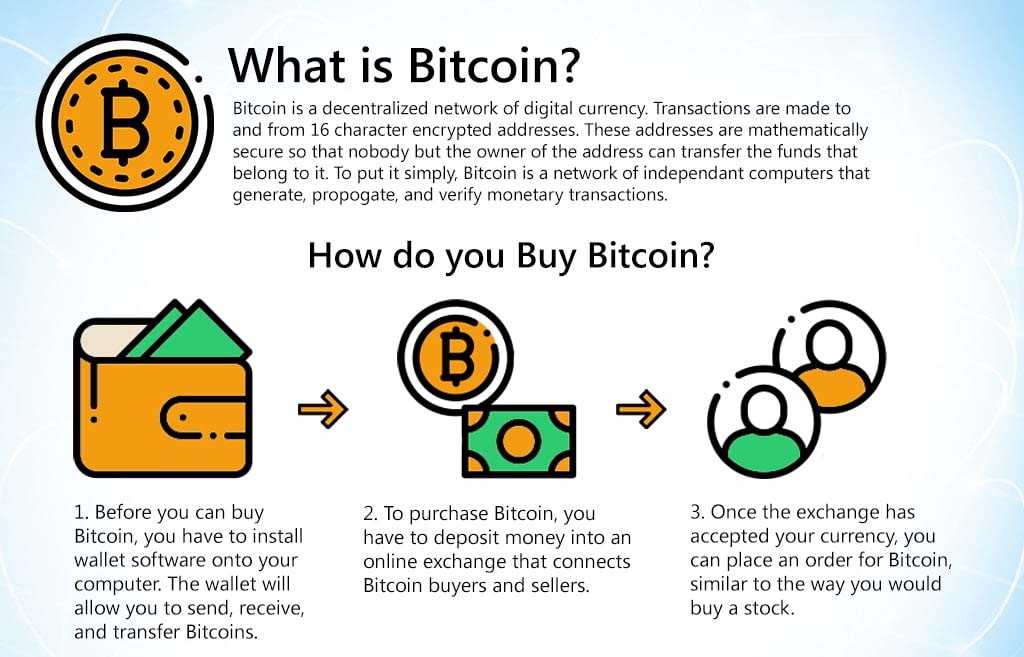


Bitcoin: What Is It?
By acting as money and a means of payment independent of any one person, group, or entity, a cryptocurrency like bitcoin eliminates the need for third parties to get involved in financial transactions. It is available for purchase on numerous platforms and is given to blockchain miners as compensation for their efforts in verifying transactions.
By utilizing the alias Satoshi Nakamoto, an unidentified developer or group of developers presented Bitcoin to the general public in 2009.
Since then, it has grown to be the most well-known cryptocurrency worldwide. Numerous additional cryptocurrencies have been developed as a result of the popularity of bitcoin. These rivals either want to supplant it as a payment method or are employed on other blockchains as utility or security tokens.
KEY LESSONS
According to market capitalization, Bitcoin, which debuted in 2009, is the biggest cryptocurrency in the world.
Bitcoin, unlike traditional money, is produced, circulated, traded, and stored using a blockchain, a decentralized ledger system.
The history of Bitcoin as a store of value has been tumultuous; during the course of its relatively brief existence, it has experienced numerous boom and bust cycles.
As the first virtual currency to experience widespread acceptance and success, Bitcoin served as an example for a number of other cryptocurrencies.
How to Understand Bitcoin Bitcoin
The domain name Bitcoin.org was registered in August 2008.
1 At least as of right now, this domain is protected by Whose Guard, making it impossible to learn who registered it.
On the Cryptography Mailing List at metzdowd.com in October 2008, a person or group going by the name Satoshi Nakamoto announced: “I’ve been working on a new electronic cash system that’s totally peer-to-peer, with no trusted third party.” This now-famous white paper published on Bitcoin.org, entitled “Bitcoin: A Peer-to-Peer Electronic Cash System,” would become the Magna Carta for how Bitcoin operates today.
The initial version of the Bitcoin software was released to the Cryptography Mailing List on January 8, 2009, and on January 9, 2009, Block 1 was mined and real Bitcoin mining got underway.
Every 210,000 blocks, bitcoin payouts are half. For instance, in 2009, the block reward was 50 brand-new bitcoins. The third halving took place on May 11, 2020, reducing the reward for finding a block to 6.25 bitcoins. 4
The smallest unit of a bitcoin, which is divisible to eight decimal places (100 millionths of a bitcoin), is known as a satoshi.
5 Bitcoin could someday be divided to even more decimal places if necessary and if the active miners agree to the change.
The concept of Bitcoin as money isn’t too difficult to grasp. For instance, if you have a bitcoin, you can send smaller amounts of that bitcoin to pay for goods or services using your cryptocurrency wallet. However, when you attempt to grasp how it operates, it gets really difficult.
Bitcoin’s Blockchain Technology
Cryptocurrencies are part of a blockchain and the network required to power it. A blockchain is a distributed ledger, a shared database that stores data. Data within the blockchain are secured by encryption methods. When a transaction takes place on the blockchain, information from the previous block is copied to a new block with the new data, encrypted, and the transaction is verified by validators—called miners—in the network. When a transaction is verified, a new block is opened, and a Bitcoin is created and given as a reward to the miner(s) who verified the data within the block—they are then free to use it, hold it, or sell it.
Bitcoin uses the SHA-256 hashing algorithm to encrypt the data stored in the blocks on the blockchain. Simply put, transaction data stored in a block is encrypted into a 256-bit hexadecimal number. That number contains all of the transaction data and information linked to the blocks before that block.
The ledger is known as a blockchain because of the data that links its blocks together.
Transactions are placed into a queue to be validated by miners within the network. Miners in the Bitcoin blockchain network all attempt to verify the same transaction simultaneously. The mining software and hardware work to solve the nonce, a four-byte number included in the block header that miners are attempting to solve. The block header is hashed, or randomly regenerated by a miner repeatedly until it meets a target number specified by the blockchain. The block header is “solved,” and a new block is created for more transactions to be encrypted and verified.
How to Mine Bitcoin
A variety of hardware and software can be used to mine Bitcoin. When Bitcoin was first released, it was possible to mine it competitively on a personal computer. However, as it became more popular, more miners joined the network, which lowered the chances of being the one to solve the hash. You can still use your personal computer as a miner if it has newer hardware, but the chances of solving a hash are individually are minuscule.
This is because you’re competing with a network of miners that generate around 220 quintillion hashes (220 exa hashes) per second.6 Machines, called Application Specific Integrated Circuits (ASICs), have been built specifically for mining—can generate around 255 trillion hashes per second. In contrast, a computer with the latest hardware hashes around 100 mega hashes per second (100 million).7
To successfully become a Bitcoin miner, you have several options. You can use your existing personal computer to use mining software compatible with Bitcoin and join a mining pool. Mining pools are groups of miners that combine their computational power to compete with the large ASIC mining farms.
Bitcoin
You increase your chances of being rewarded by joining a pool, but rewards are significantly decreased because they are shared.
If you have the financial means, you could also purchase an ASIC miner. You can generally find a new one for around $20,000, but used ones are also sold by miners as they upgrade their systems. There are some significant costs such as electricity and cooling to consider if you purchase one or more ASICs.
There are several mining programs to choose from and many pools you can join. Two of the most well-known programs are CGMiner and BFGMiner. When choosing a pool, it’s important to make sure you find out how they pay out rewards, what any fees might be, and read some mining pool reviews.
How Do You Buy Bitcoin?
If you don’t want to mine bitcoin, it can be bought using a cryptocurrency exchange. Most people will not be able to purchase an entire BTC because of its price, but you can buy portions of BTC on these exchanges in fiat currency like U.S. dollars. For example, you can buy bitcoin on Coinbase by creating an account and funding it. You can fund your account using your bank account, credit card, or debit card. The following video explains more about buying bitcoin.
